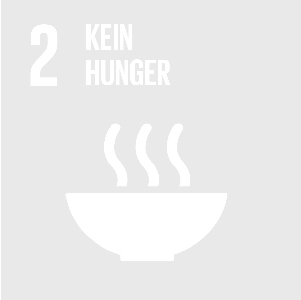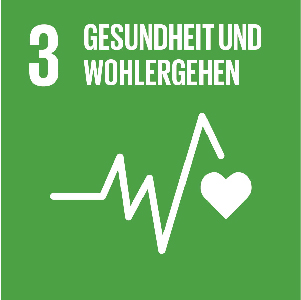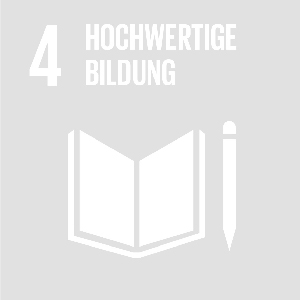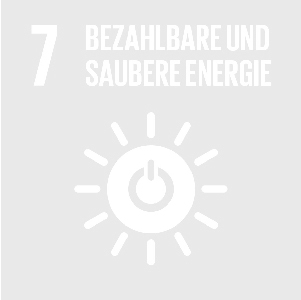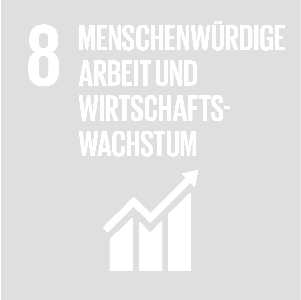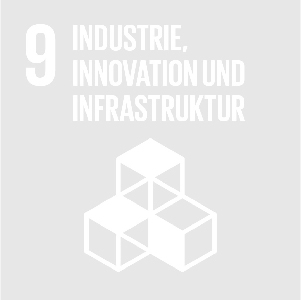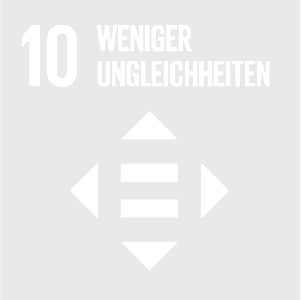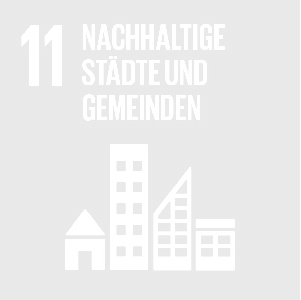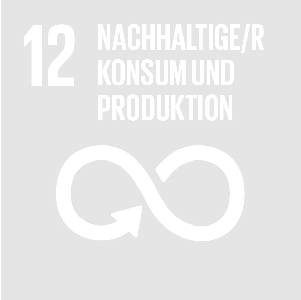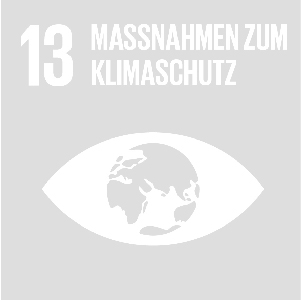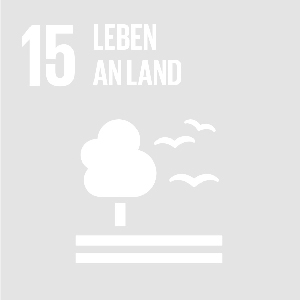Sicherheit & Umwelt
Unser Netzwerk von Sicherheitsverantwortlichen untersucht und protokolliert alle sicherheitsrelevanten Vorkommnisse bei Messer. Informations- und Schulungsmaterialien tragen dazu bei, den sicheren Umgang mit unseren Produkten und Anwendungen weiter zu verbessern und das sichere Verhalten der Mitarbeitenden an den verschiedenen Arbeitsplätzen zu fördern.
Die Gesamtzahl der gemeldeten Arbeitsunfälle mit Arbeitsausfall stieg bei Messer von 47 im Jahr 2022 auf 54 in 2023. Die Arbeitsausfallrate von Mitarbeitenden pro einer Million Arbeitsstunden (Unfallhäufigkeitsrate) stieg von 2,05 im Jahr 2022 auf 2,32 im Berichtsjahr. Die Anzahl der Arbeitsausfalltage (Arbeitsunfall-Schwerequote) pro einer Million Arbeitsstunden stieg von 70,07 in 2022 auf 83,44 im Jahr 2023. Insgesamt wurden in 2023 106 meldepflichtige Arbeitsunfälle registriert und damit 10 mehr als im Vorjahr. Die Unfallhäufigkeitsrate der meldepflichtigen Arbeitsunfälle pro einer Million Arbeitsstunden stieg von 4,20 auf 4,55.
In Asien konnten Unfälle mit Ausfallzeiten (LTI), aufzeichnungspflichtige Arbeitsunfälle (RWI), Produkt-Fahrzeug-Unfälle (PVA) sowie Prozessunfälle, wie beispielsweise O2-Brand oder Beschädigungen an der Prozessausrüstung nochmals deutlich gesenkt werden. RWI und Prozessunfälle sanken auf null.
Ein Schwerpunkt sind Straßenverkehrsunfälle, was zum Teil auf die weiter steigende Zahl an Verkehrsteilnehmenden zurückzuführen ist. Um die KPI bezogen auf Sicherheit und Gesundheit der Mitarbeitenden weiter zu verbessern, wurden 2023 folgenden Maßnahmen ergriffen: Die Meldung von Unfällen und Beinaheunfällen sowie die damit verbundenen Untersuchungen wurden den führenden KPIs hinzugefügt. Das digitale Unfallmanagement-Tool INTELEX wurde eingeführt. Speziell für Tätigkeiten mit hoher Unfallrate wurden spezielle Sicherheitsschulungsmaterialien entwickelt und Sicherheitsschulungen durchgeführt.
In Europa wurden mehrere Maßnahmen ergriffen, die das Sicherheitsbewusstsein erhöhen sollen. Hierzu zählen das COMPASS-Konzept, Sicherheitsinformationen, "Safety Walks", Audits und Workshops sowie die Unterstützung bei der Ermittlung von Unfallursachen. Bei den Unfällen mit Ausfallzeiten waren die Hauptursachen die Handhabung von Gasflaschen sowie Stolpern und Ausrutschen.
In Amerika fokussierten sich fortgesetzte Maßnahmen zur Unfallprävention und für das bewusst sichere Verhalten bei der Arbeit auf die am häufigsten auftretenden Verletzungen: Ausrutschen, Stolpern und Zerrungen/Verstauchungen. Zudem fand eine Konzentration auf Mitarbeitende statt, die im ersten Jahr für Messer arbeiten. Dies geschah durch Onboarding, Training und Coaching, speziell für Mitarbeitende mit dem höchsten Unfallrisiko. Auch das "Safer Together"-Programm und Verhaltensbeobachtungen wurden betont eingesetzt, Frühindikatoren zur Verbesserung der Sicherheitskultur genutzt und die Zusammenarbeit mit Gallagher Basset im Hinblick auf ein möglichst effizientes Fallmanagement fortgesetzt.
Messer ist aktives Mitglied der EIGA (European Industrial Gases Association), der IOMA (International Oxygen Manufacturers Association) der AIGA (Asian Industrial Gases Association) sowie der CGA (Compressed Gas Association). Unsere Expertinnen und Experten tauschen regelmäßig Erfahrungen und Wissen aus, denn der Schutz unserer Mitarbeitenden, die sichere Herstellung, Nutzung und Behandlung unserer Produkte sowie verantwortungsvolles Handeln sind wichtige Teile unserer unternehmerischen Werte.
Die Sicherheit der Menschen, die mit unseren Industriegasen arbeiten, hat für Messer einen herausragenden Stellenwert. Deshalb schärfen wir auch das Bewusstsein für den sicheren Umgang mit Gasflaschen im Kreis unserer Kunden.
Ergänzend zur Einhaltung der gesetzlichen Vorschriften nutzt Messer ein bewährtes Transportsicherheitskonzept. In Europa verpflichten wir uns im Rahmen der European Road Safety Charter, ein besonderes Augenmerk auf die Sicherheit unseres Fuhrparks zu legen. Zu den von uns entwickelten Sicherheitsmaßnahmen für die Logistik auf nationaler und internationaler Ebene gehört ein stetiger Erfahrungsaustausch des Logistik- und Sicherheitspersonals, mit dem Ziel, die Sicherheit in diesem Bereich weiter zu verbessern.
Während die amerikanischen Gesellschaften von Messer zum Transport von Gasen eigenes Personal einsetzen, werden für andere Regionen vornehmlich externe Unternehmen mit dieser Aufgabe betraut. In deren Verantwortung liegt auch die Durchführung der gesetzlich erforderlichen Schulungen des Fahrpersonals.
Wir ergänzen dies durch ein von Messer für Europa entwickeltes Fahrschulungsprogramm. Es wird durch ein On-Board-Computersystem unterstützt, das sicherheitsrelevante Fahrdaten aufzeichnet. Zudem fordert es, basierend auf Fahrdaten und integrierter Sensorik, während der Fahrt zu einer angepassten Fahrweise auf. Das macht unsere Transporte noch sicherer und hilft dabei, weniger Kraftstoff zu verbrauchen. Das On-Board-Computersystem trägt dazu bei, ebenso wie ein geeignetes Lieferantenmanagement, Schulungen und Handbücher für das Fahrpersonal mit individuell zugeschnittenen Inhalten für den Betrieb von Bulk-, Flaschen- oder Service-Fahrzeugen sowie technische Hilfen, die absolute Anzahl von Unfällen zu reduzieren und die Unfallhäufigkeitsrate weiter zu verbessern.
Seit 2023 führt der für die Logistik in Europa zuständige Bereich zusätzlich jährlich mehrere lokale Workshops mit dem Fokus auf Transportsicherheit durch. Ziel dieser Veranstaltungen ist es, in einem kooperativen Umfeld Verbesserungspotenzial für die Sicherheit der Logistik erarbeiten und mit gezielten Maßnahmen die Leistung in diesem Bereich zu verbessern.
2023 lag die Anzahl der vermeidbaren Unfälle beim Transport unserer Flaschengase weltweit bei 53. Im Vorjahr betrug diese Zahl 56. Diese leichte Verbesserung spiegelt sich in der Unfallhäufigkeitsrate pro eine Million gefahrener Kilometer wider: Sie sank von 1,59 im Jahr 2022 auf 1,47 im Berichtsjahr. Die Anzahl der vermeidbaren Unfälle beim Transport von Flüssiggasen lag 2023 bei 186, gegenüber 193 im Jahr 2022. Diese Entwicklung wird durch die Häufigkeitsrate pro Million gefahrener Kilometer bestätigt: Von 0,96 im Vorjahr sank sie im Jahr 2023 auf 0,91.
Messer berät seine Kunden aus dem Medizinsektor, liefert Gase als Arzneimittel oder Medizinprodukt, plant, montiert und wartet Versorgungssysteme und bietet medizinisches Zubehör sowie Verbrauchsmaterialien im Rahmen eines kompletten Dienstleistungspakets an – und das in mehr als 20 Ländern.
Unsere Aktivitäten im pharmazeutischen Bereich erfüllen die entsprechenden Anforderungen auf nationaler, europäischer und internationaler Ebene. Das gilt im Besonderen für die Anforderungen der European Good Manufacturing Practice (EU-GMP) und für die Spezifikationen des Europäischen Arzneibuches (European Pharmacopoeia). Als Medizinprodukt entsprechen unsere Gase der Medizinprodukte-Verordnung (EU 2017/745), den zuvor geltenden Medizinprodukte-Richtlinien und den entsprechenden nationalen Gesetzen.
Eine kontinuierliche Produkt- und Lieferqualität gewährleisten wir durch interne Audits, ein einheitliches Pharmakovigilanz-System sowie validierte Arbeitsabläufe und Computersysteme.


